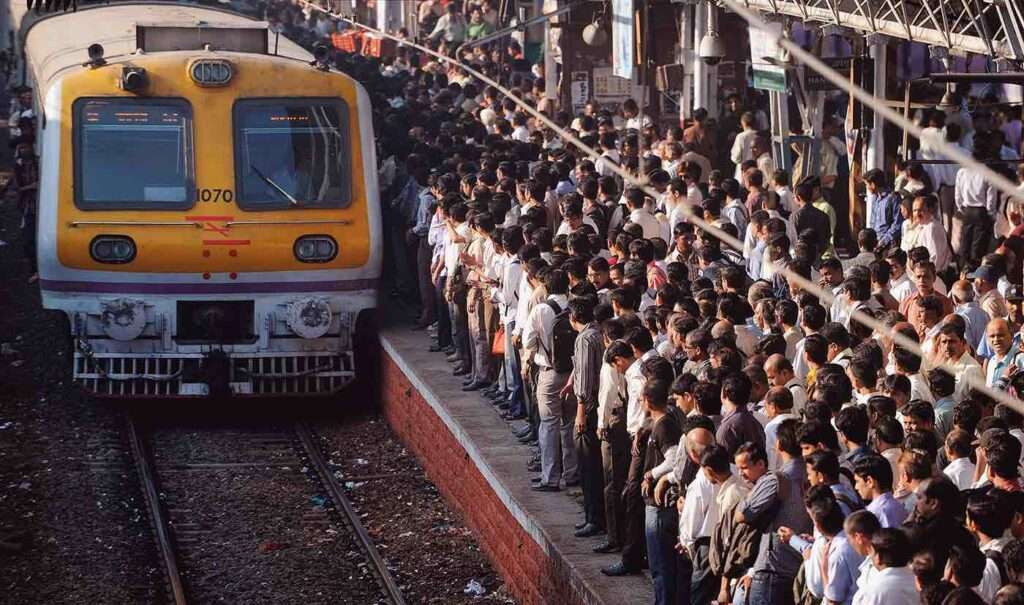In a major upgrade to Mumbai’s suburban rail network, Indian Railways has announced the installation of automatic door closing systems in Mumbai local trains along with the introduction of newly designed modern coaches. The initiative aims to enhance passenger safety, improve operational efficiency, and modernize one of the busiest urban rail systems in the world
The Western and Central Railways have begun trials for automatic doors on select Mumbai suburban trains, with full-scale implementation expected in phases over the coming months. Officials stated that this long-awaited technological enhancement is part of a broader modernization plan under the Mumbai Urban Transport Project (MUTP).
Currently, Mumbai locals do not have automatic door systems, leading to frequent cases of passengers hanging out of moving trains and resulting in accidents. The new system will ensure that doors remain closed while trains are in motion and open only at stations, significantly improving passenger safety and reducing fatalities on tracks.
The new coaches being introduced will be designed with ergonomic seating, advanced braking systems, improved lighting, and CCTV surveillance, offering a safer and more comfortable travel experience. Each coach will be fitted with LED route indicators and emergency communication buttons, keeping passenger convenience and security at the forefront.
A senior Railway official remarked, “These upgrades are essential for a city like Mumbai where lakhs of commuters rely on local trains daily. With automatic doors and modern coaches, we are taking a crucial step towards matching global urban rail standards.”
This development comes amid increasing concerns over overcrowding and commuter safety in Mumbai’s suburban trains, which carry over 8 million passengers daily. The plan also aligns with the Indian Railways’ broader goals of electrification, safety enhancement, and digital transformation.
In addition to safety, authorities expect these upgrades to reduce dwell time at stations, helping trains adhere more strictly to their schedules and potentially increasing overall network capacity.
The transition will begin with 15-car local trains, gradually expanding to the entire fleet. Passenger education and awareness campaigns will also be launched to ensure smooth adaptation to the new door-closing systems.



